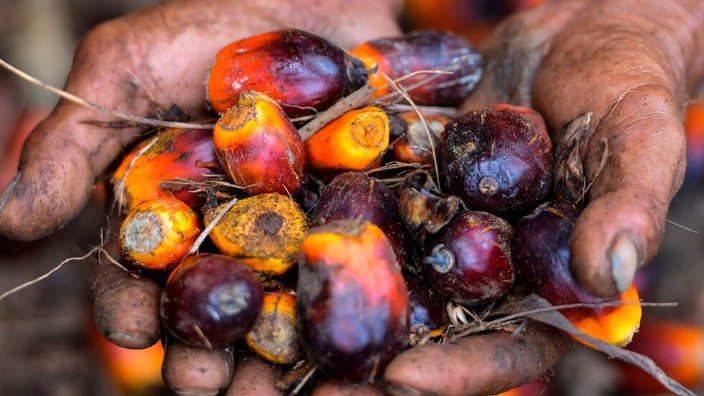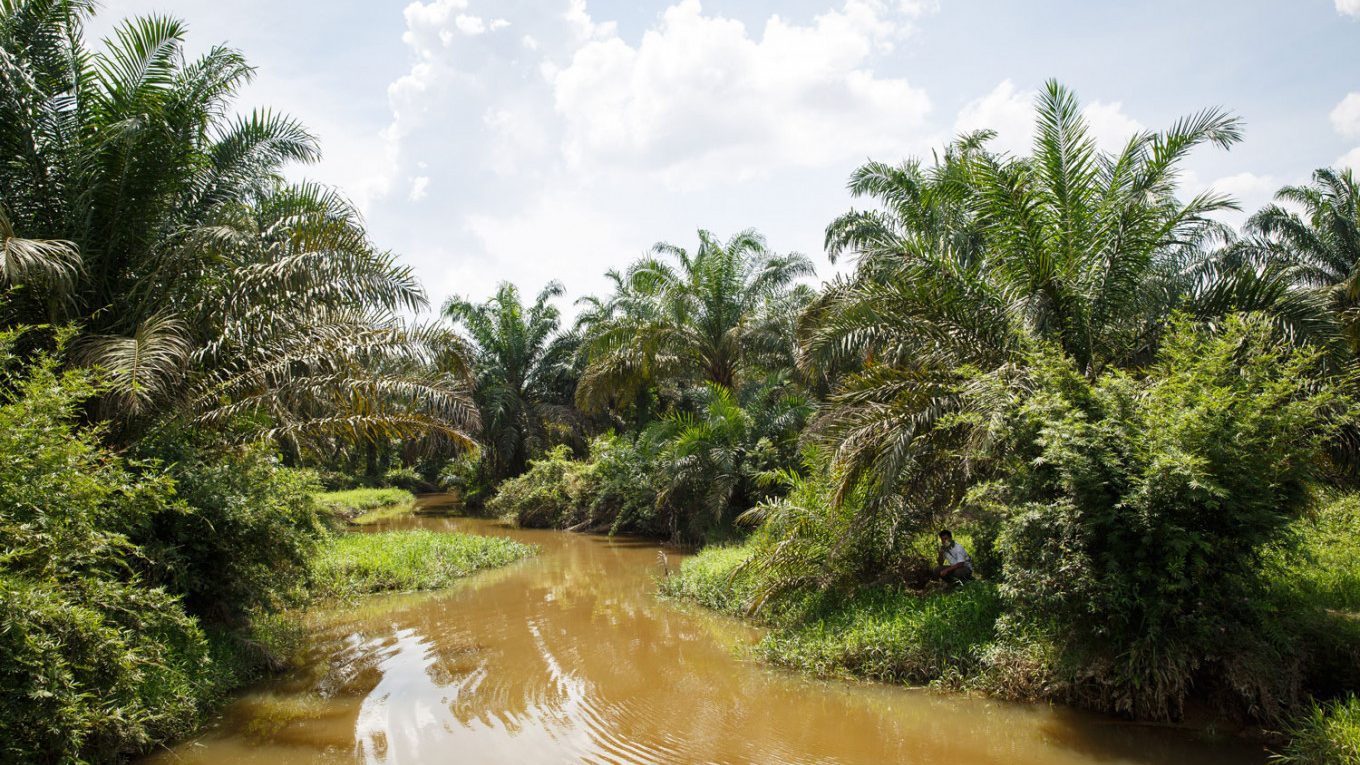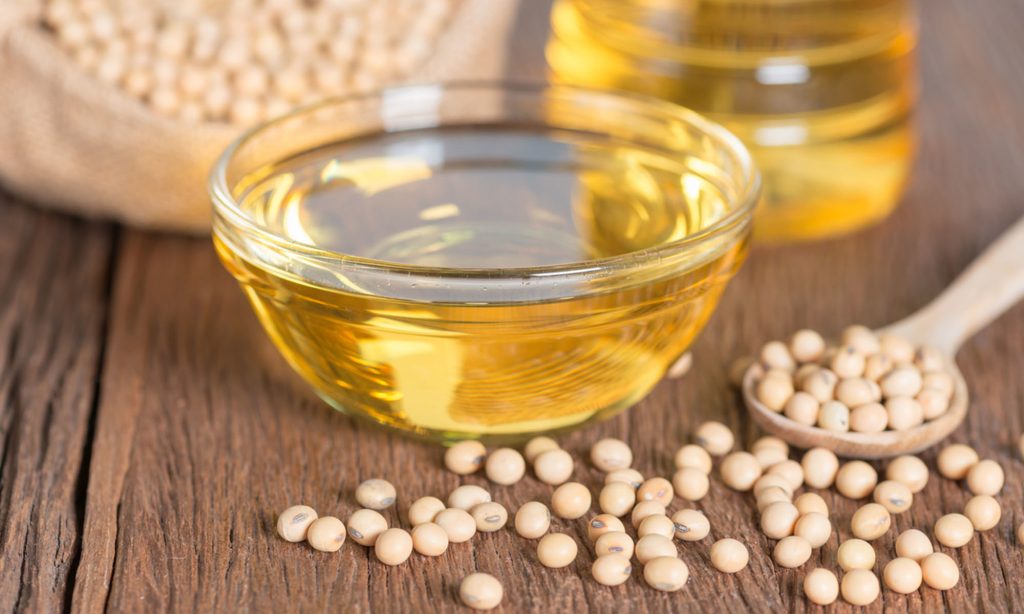KUALA LUMPUR, March 11 2025 – Malaysia’s palm oil reserves have fallen for the fifth month in a row, reaching their lowest level in almost two years. Production declined due to bad weather, which had a bigger impact than the drop in exports, according to the Malaysian Palm Oil Board (MPOB) on Monday.

As the world’s second-biggest palm oil producer after Indonesia, Malaysia’s lower stockpile may push prices up, experts say. However, since palm oil is now more expensive than soybean oil, some buyers may turn to other options.
Ideal Conditions For Palm Oil Harvesting
Oil palm trees thrive in hot, humid climates with consistent rainfall, pointing to Malaysia as a strategic location. They require temperatures between 24°C to 32°C, planted in deep and well drained soil with 1,800 to 2,500 mm of rainfall annually to ensure optimal fruit development.
However, extreme weather events, such as floods or droughts, can severely impact yields, as seen in the recent stock decline.

At the end of February, Malaysia’s palm oil stocks were down 4.31% from the previous month, totaling 1.51 million metric tons—the lowest since April 2023. Crude palm oil production fell by 4.16% to 1.19 million metric tons, the smallest amount in three years, as floods disrupted harvesting.
Exports also dropped by 16.27% to 1 million metric tons, the lowest in four years.
Although stocks were slightly higher than expected, the ongoing supply shortage may keep prices steady, said Anilkumar Bagani, head of research at Mumbai-based vegetable oil brokerage Sunvin Group.
Looking ahead, experts expect production to improve in March. However, exports may not rise much, as palm oil remains more expensive than soybean oil.

“In the coming weeks, India’s demand will be key in supporting prices,” said a trader from a global commodities firm in Mumbai. “Early signs show that Indian buyers are stocking up, which could help stabilize the market.”
Meanwhile, low production and Indonesia’s push for biodiesel are likely to keep cooking oil prices high. Palm oil, once the cheapest option, is becoming less affordable, reducing its price advantage over other edible oils.
Malaysia’s Palm Oil Stock Trends Over The Years
The country’s palm oil reserves have fluctuated over time due to changing global demands, weather patterns and government policies. Stock levels were relatively stable in early 2023, but multiple production setbacks caused a consistent drop in the late 2024.
In comparison, Malaysia’s stockpiles has reached over 2 million metric tons in 2022, showing a stark contrast to today’s declining levels.
As supply remains strained, concerns grow over future availability and rising global prices.









